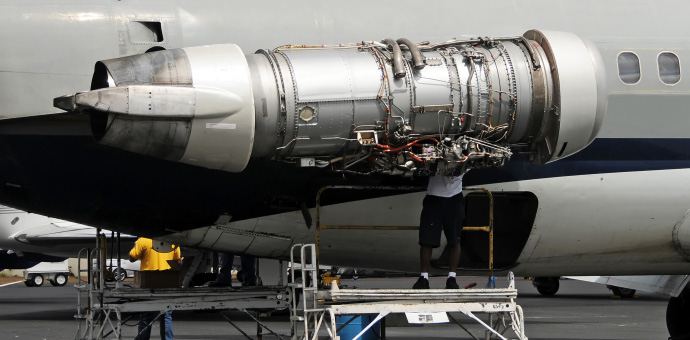The Focus of this blog is to consider the inter-relationship between Maintenance Error Management Systems (MEMS) – (typically using the Boeing Maintenance Error Decision Aid as a primary tool) and Safety Management through Human Factor Learning within the context of a viable Safety Management System.
What is the Purpose of MEMS?
The rationale behind a MEMS System is to identify any situations which may “promote” the potential for error. In addition to facilitate (using the organisational framework) the risk based decision making process which will lead to stronger defenses.
If we can integrate our Maintenance Error Management Processes into the framework of an SMS system we will be able to significantly improve the reach and effectiveness of the MEMS Program.
Within the MEMS system we must accept that human error is a normal component of the organisational system. By understanding this error together with the fundamental causes can lead to changes in the behavior of the organisation.
Consider the Role of Human Factors within an Aviation Maintenance Error Environment
Human Factors is typically a major component of any Maintenance Error, therefore an active organisation system which identifies hazards, analyses and develops mitigations to manage the exposure to the perceived risk will provide a significant benefit to the organisation by lowering the possibility of Human and Organisational error.
Maintenance Error Management System (MEMS) provides an organisation methodology which using a framework and a defined process (in our case BOEING MEDA) to help to understand not just the error and its root cause, but the contributing factors – essentially it is the understanding and management of the contributing factors which adds strength to the system.
Where does Company Culture Fit into the MEMS Story?
Within the Organisation Culture and Behavior play a significant role in the understanding related to the exposure to error. Through Maintenance Error Decision Aid (MEDA) we are able to work towards identifying the degree of exposure we face to a given outcome.
One of the biggest challenges the organization faces is to take control of its safety culture. This process is built on a foundation of trust and can be easily damaged by ineffective process management. This is important as a strong safety culture is an essential ingredient for effective safety management.
Building Maintenance Error Management System (MEMS) Competence
The Competence of anyone who is called on to engage with the MEDA process should be managed to an organisational standard. In particular the competence of the Investigation team is of significant importance.
A detailed understanding of the causes and precursors of an event can help to initiate a deep awareness of the potential issues behind the exposure.
Such understanding can then lead to realistic mitigation proposals.
Detailed training in understanding how to work with and develop Root Cause analysis techniques can impact both safety and the potential to save cost.
Support for Developing Your “In-company” MEMS Program
Sofema Aviation Services offers Training, Support and Guidance to help you understand, develop and implement an Effective Error Management Systems to deliver the safest possible organization process.
For additional information please see www.sassofia.com or www.sofemaonline.com or email office@sassofia.com
Tags:
Aviation SMS, Human Factors, Maintenance Error Decision Aid (MEDA), Maintenance Error Management System, MEMS




